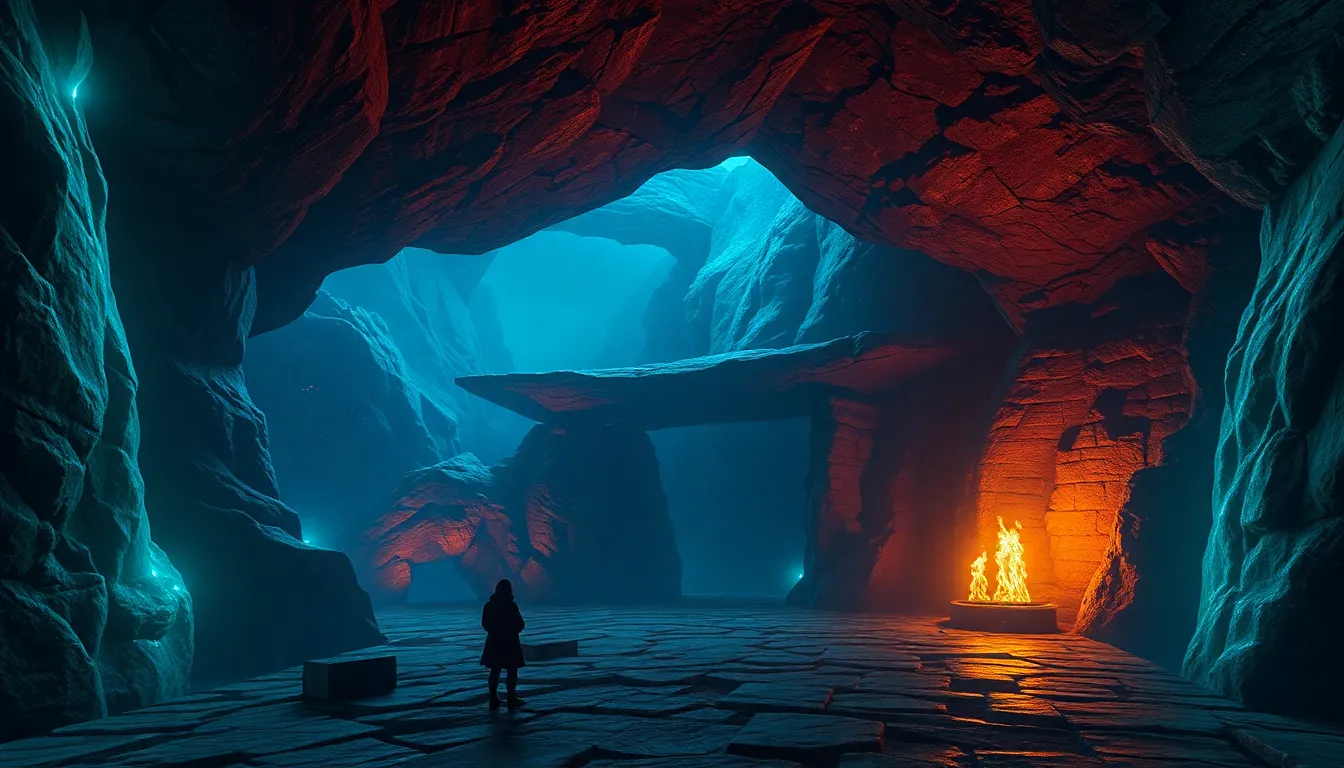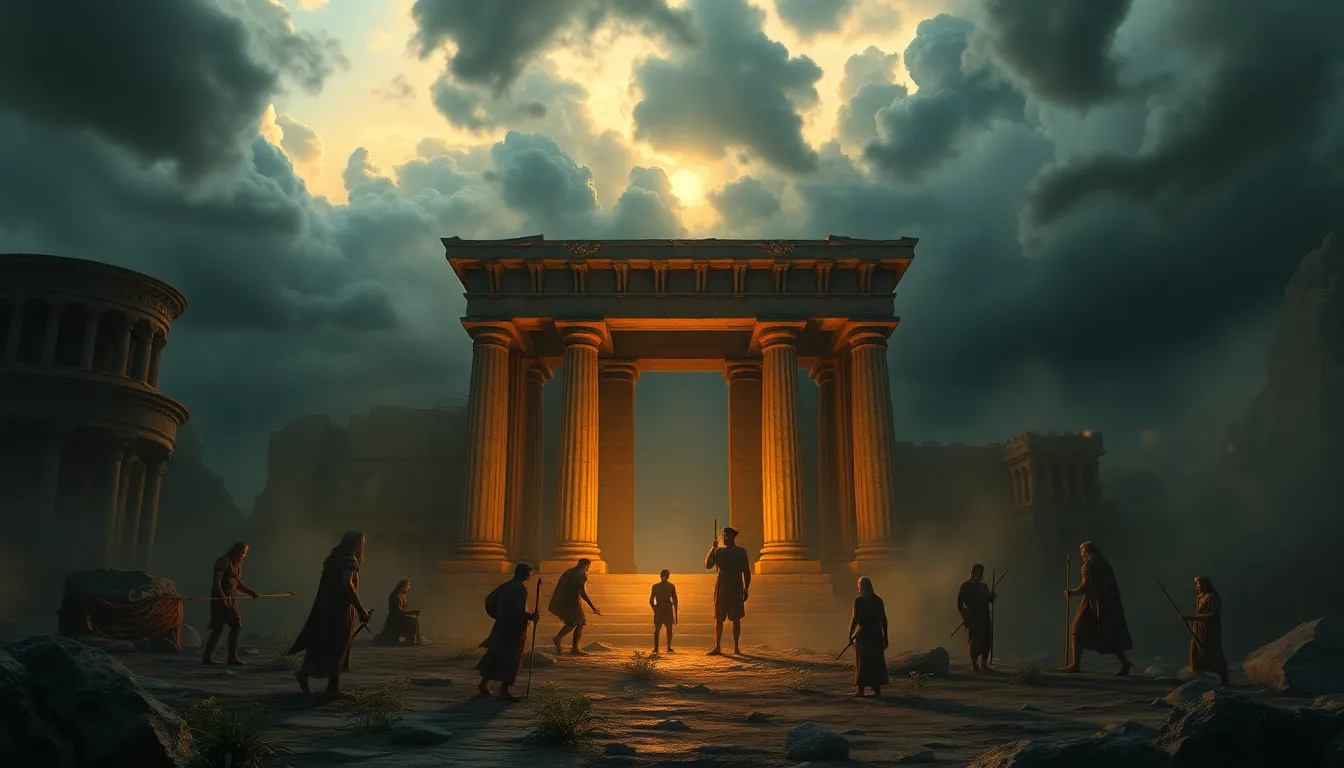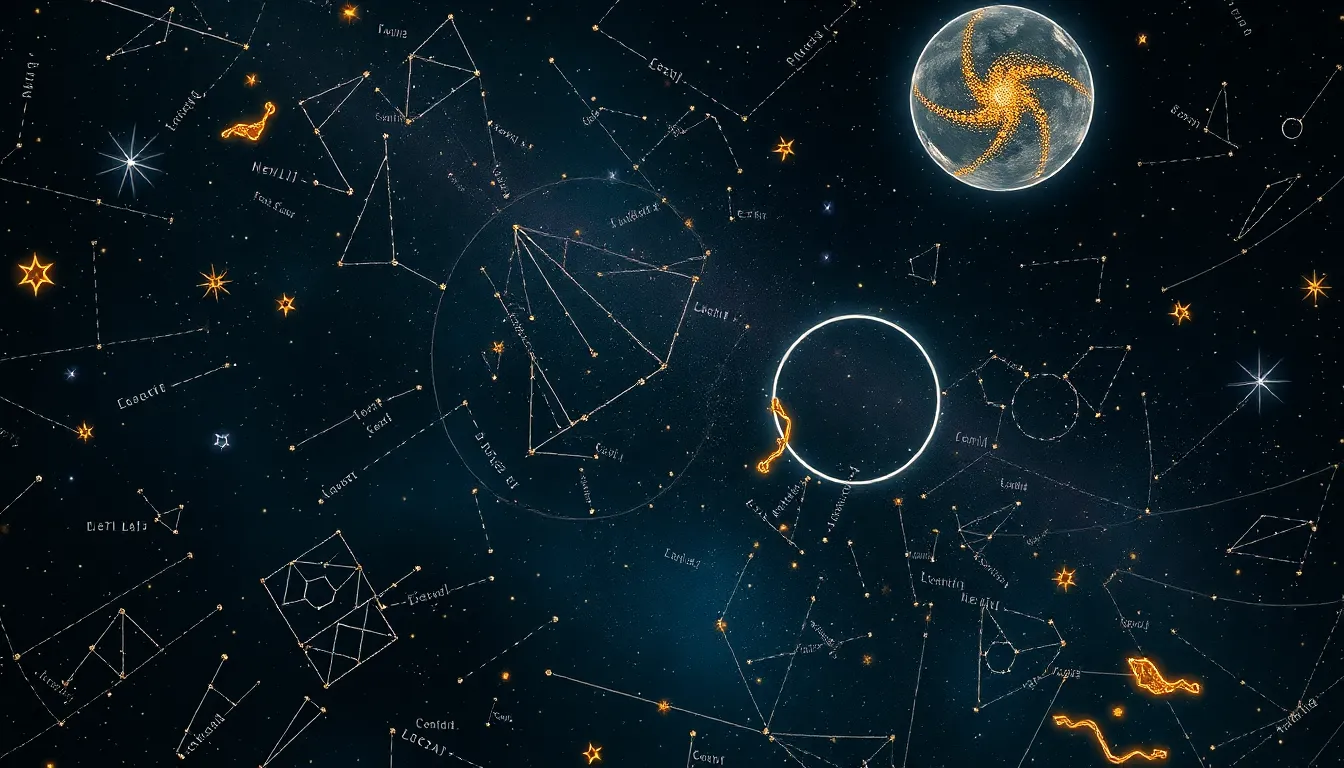Underworld Myths: The Stories That Define Our Existence
I. Introduction
Underworld myths are narratives that explore the afterlife, death, and the journey of souls. These stories often depict a realm beneath the earth where the dead reside, and they serve as a crucial component in the mythology of many cultures. The importance of these myths in human culture lies in their ability to address fundamental questions about existence, morality, and the nature of life and death.
This article will explore the historical context of underworld myths, their roles in mythology, notable examples from various cultures, archetypal figures within these stories, psychological interpretations, modern representations, and their relevance in contemporary society.
II. Historical Context of Underworld Myths
A. Origins of Underworld Beliefs in Ancient Civilizations
Underworld beliefs can be traced back to ancient civilizations, where they were integral to religious and cultural practices. The Sumerians, Egyptians, Greeks, and others developed complex narratives about the afterlife that reflected their values and fears.
B. Common Themes Across Different Cultures
Despite their differences, many underworld myths share common themes, such as:
- The journey of the soul after death
- Judgment of the dead
- The concept of reward and punishment
- The cyclical nature of life and death
C. Evolution of Underworld Myths Through Time
Over centuries, underworld myths have evolved, influenced by societal changes, cultural exchanges, and philosophical developments. They have transitioned from simple tales of death to complex narratives that explore the human condition.
III. The Role of the Underworld in Mythology
A. Symbolism of Death and Rebirth
The underworld often symbolizes death and rebirth, representing the transition between life and what lies beyond. In many myths, death is not an end but a transformation, paving the way for renewal.
B. The Underworld as a Place of Judgment
Many cultures depict the underworld as a realm where the dead are judged. This judgment determines their fate—whether they ascend to paradise, remain in a liminal space, or descend into a realm of punishment.
C. Connections Between the Underworld and the Human Experience
The underworld reflects human experiences of fear, grief, and the quest for meaning. These narratives resonate with individuals, providing a framework to understand mortality and the afterlife.
IV. Notable Underworld Myths from Around the World
A. Greek Mythology: Hades and the River Styx
In Greek mythology, Hades is the god of the underworld, and the River Styx serves as a boundary between the living and the dead. Souls are ferried across by Charon, the boatman, after their earthly life ends.
B. Egyptian Beliefs: The Duat and the Weighing of the Heart
The ancient Egyptians believed in the Duat, a complex underworld where the dead faced judgment. The heart of the deceased was weighed against the feather of Ma’at, determining their fate in the afterlife.
C. Mesopotamian Stories: The Epic of Gilgamesh and the Underworld
The Epic of Gilgamesh explores the theme of mortality, with the hero’s journey leading him to the underworld, where he learns about the inevitability of death and the limits of human existence.
D. Native American Perspectives: The Afterlife and the Underworld
Native American myths vary widely, but many cultures share beliefs in an afterlife where the deceased continue their existence in a parallel realm, emphasizing a connection with nature and the cycle of life.
V. Archetypal Figures in Underworld Myths
A. Deities and Guides: Charon, Osiris, and Others
Various cultures feature deities and guides who assist souls in their journey through the underworld. Notable figures include:
- Charon: The ferryman of Hades in Greek mythology.
- Osiris: The Egyptian god of the afterlife and resurrection.
- Hel: The Norse goddess of the underworld.
B. The Role of Heroes in Underworld Journeys
Heroes often embark on journeys to the underworld, confronting their fears and seeking knowledge or redemption. These journeys highlight the transformative power of facing death and the unknown.
C. Female Figures: Goddesses of the Underworld (e.g., Persephone, Hel)
Female figures in underworld myths frequently embody themes of fertility, rebirth, and the duality of life and death. Persephone, for instance, represents the seasonal cycle, while Hel governs the realm of the dead in Norse mythology.
VI. Psychological Interpretations of Underworld Myths
A. Carl Jung’s Theories on the Collective Unconscious
Carl Jung proposed that myths, including those of the underworld, stem from the collective unconscious—a shared set of archetypes and symbols inherent in all humans. These narratives resonate deeply with our psyche.
B. The Underworld as a Metaphor for Inner Struggles
The journey to the underworld can symbolize personal struggles and the search for self-identity. It often represents the confrontation of inner demons and the quest for healing.
C. Healing and Transformation Through Underworld Narratives
Many individuals find solace in underworld myths, using them as tools for understanding grief, loss, and transformation. These stories can provide a sense of closure and hope amidst despair.
VII. Modern Representations of Underworld Myths
A. Literature: From Dante’s Inferno to Contemporary Novels
Underworld themes have permeated literature, from Dante’s exploration of Hell in “Inferno” to modern novels that reinterpret these ancient narratives in contemporary contexts.
B. Film and Television: Portrayals of the Underworld in Media
Modern films and television series frequently portray the underworld, exploring themes of death, redemption, and the afterlife. Examples include movies like “Coco” and TV shows like “Supernatural.”
C. Art and Music: The Influence of Underworld Themes on Creativity
Underworld myths continue to inspire artists and musicians, influencing works that explore the depths of human experience, spirituality, and existential thought.
VIII. Underworld Myths in Contemporary Society
A. How Myths Shape Our Understanding of Death and the Afterlife
Underworld myths significantly shape modern perceptions of death and the afterlife, providing frameworks for understanding and discussing these often-taboo subjects.
B. The Relevance of Underworld Narratives in Modern Spirituality
Many people find relevance in underworld narratives as they navigate their spiritual beliefs, seeking connection to ancestral stories and traditions.
C. The Role of Myths in Coping with Grief and Loss
Underworld myths can serve as comforting narratives for those coping with grief, offering explanations for loss and the hope of reunion in an afterlife.
IX. Critiques and Challenges in Interpreting Underworld Myths
A. Cultural Appropriation and Misinterpretation
As underworld myths are shared across cultures, issues of cultural appropriation and misinterpretation arise. It is essential to approach these narratives with respect and an understanding of their cultural significance.
B. The Complexity of Symbolism and Meaning
Interpreting underworld myths can be complex, as their meanings often vary widely between cultures and contexts. Scholars and enthusiasts must be cautious not to oversimplify these rich narratives.



